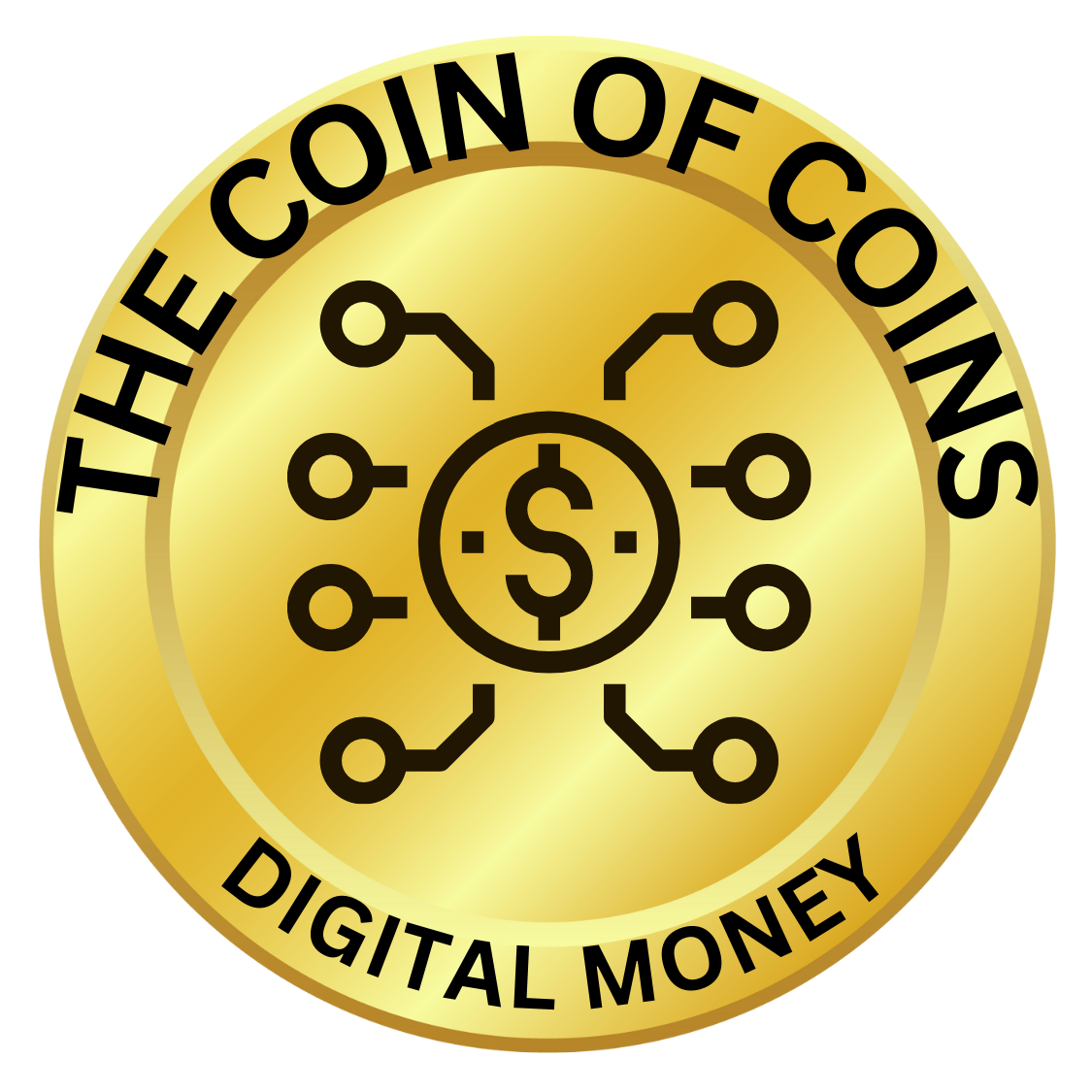The United States and Cashless Payments – A Complex Journey
The United States, a global financial powerhouse, has been navigating a multifaceted journey toward cashless payments. Characterized by innovation, diversity, and a blend of traditional and modern payment methods, the U.S. cashless experience offers a nuanced view of the evolving financial landscape. Here’s an exploration of the United States’ cashless journey:
Growth of Mobile Payment Platforms
In the U.S., the rise of mobile payment platforms like Apple Pay, Venmo, and PayPal has redefined the way people conduct transactions. These platforms have made it convenient to send and receive money, pay bills, and shop online, propelling the country toward a cashless future.
A Diverse Market
The U.S. market is marked by diversity in payment methods. While there has been significant growth in cashless transactions, cash still plays a role in everyday commerce. From credit cards to mobile apps to physical currency, consumers have a wide array of options, reflecting the multifaceted nature of the American economy.
Technological Innovation and FinTech
The United States technological innovation and burgeoning FinTech industry have been driving forces behind the cashless movement. From contactless cards to blockchain technology, the U.S. has been a hub for financial innovation, facilitating seamless and secure digital transactions.
Resistance and Concerns
The journey towards a cashless society in the U.S. has not been without resistance. Concerns over privacy, data security, and accessibility have led to debates and discussions. Some cities have even enacted laws to prevent businesses from going entirely cashless to ensure inclusivity.
Bridging the Digital Divide
Efforts to promote cashless payments in the U.S. also involve addressing the digital divide. Ensuring that all segments of the population, including the unbanked and underbanked, have access to digital payment methods is crucial for a fair and inclusive cashless ecosystem.
Global Leadership
The United States’ approach to cashless payments, balancing innovation with regulation and consumer choice, offers lessons for other countries. Its leadership in financial technology and commitment to inclusivity stands as a model for a thoughtful and considered transition towards cashless payments.
Conclusion
The United States’ complex journey towards cashless payments is a reflection of its diverse and dynamic economy. By embracing technological advancements, recognizing consumer preferences, and addressing challenges proactively, the U.S. is carving a path toward a cashless future that resonates with its unique cultural and economic fabric.
The insights and experiences from the United States cashless evolution provide valuable guidance for nations seeking to balance innovation, choice, and inclusivity. As the world continues to explore the future of cashless transactions, the U.S. experience serves as a rich and instructive example.
